Home>Furniture & Design>Office Furniture>How To Put Wheels On An Office Chair
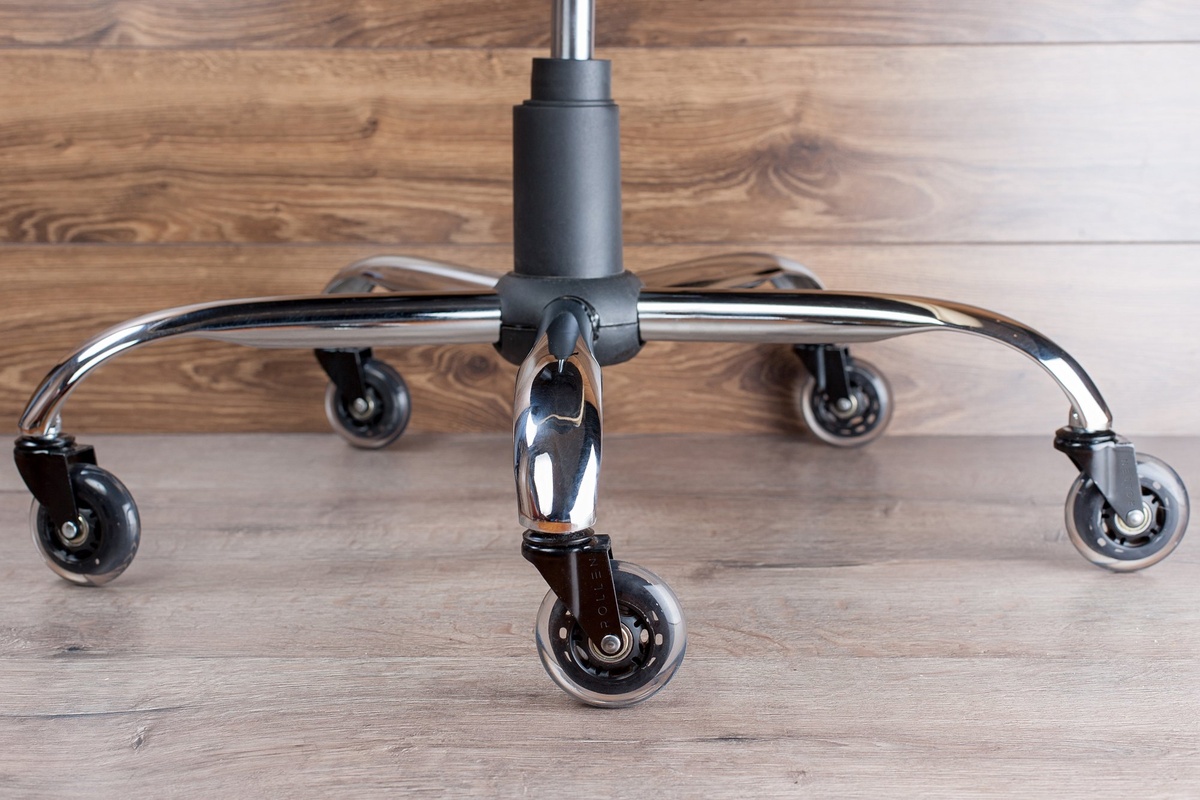

Office Furniture
How To Put Wheels On An Office Chair
Modified: March 2, 2024
Learn how to easily put wheels on your office chair and enhance its mobility. Get step-by-step instructions and tips for office furniture and design.
(Many of the links in this article redirect to a specific reviewed product. Your purchase of these products through affiliate links helps to generate commission for Storables.com, at no extra cost. Learn more)
Introduction
So, you've got a new set of wheels for your office chair, and you're ready to upgrade its mobility and functionality. Whether you're aiming for smoother movement across the office floor or a touch of personal flair, adding wheels to your office chair can be a straightforward and rewarding DIY project. In this guide, we'll walk you through the process step by step, ensuring that you have all the information you need to successfully install the new wheels and enjoy the benefits they provide.
Adding wheels to your office chair can make a significant difference in your daily work routine. With the ability to effortlessly glide from one end of your desk to the other, you can bid farewell to the awkward shuffling and readjusting that often comes with stationary office chairs. This simple upgrade can enhance your productivity and comfort, allowing you to focus on the tasks at hand without the hindrance of a fixed chair.
Before we dive into the step-by-step process, it's important to gather the necessary tools and materials. Once you have everything you need, we can begin the transformation of your office chair into a mobile, dynamic workspace essential. Let's get started!
Key Takeaways:
- Upgrade your office chair with new wheels for smoother movement and enhanced productivity. Follow simple steps to assemble, remove, and attach the wheels for a dynamic and versatile workspace essential.
- Enjoy the benefits of improved maneuverability and comfort by adding wheels to your office chair. Test the chair’s stability and functionality after installation, and embrace a more dynamic workspace experience.
Tools and Materials
Before embarking on this project, it’s essential to ensure you have the necessary tools and materials at your disposal. Here’s what you’ll need to successfully install new wheels on your office chair:
- Replacement wheels: Choose wheels that are compatible with your specific office chair model. Look for wheels designed for your chair’s make and model to ensure a proper fit and optimal performance.
- Protective gloves: It’s always a good idea to wear gloves to protect your hands during the installation process.
- Scissors or wire cutters: You may need these to remove the old wheels, depending on the type of attachment mechanism.
- Soft cloth: This will come in handy for cleaning any debris or dust from the chair’s wheel sockets before installing the new wheels.
- Optional lubricant: If the wheel sockets are dirty or have been in use for an extended period, a silicone-based lubricant can help ease the installation of the new wheels.
- Owner’s manual: If available, refer to the chair’s owner’s manual for specific instructions or precautions related to wheel replacement.
- Flathead screwdriver: This may be necessary for prying out the old wheels or releasing any retaining clips.
By ensuring you have all the required tools and materials on hand, you can streamline the installation process and minimize any potential disruptions. With these items at the ready, you’re well-equipped to proceed to the next step of upgrading your office chair with new wheels.
Step 1: Assemble the Wheels
Before you begin the installation process, it’s important to assemble the new wheels if they are not pre-assembled. Most replacement wheels come with a stem or mounting mechanism that needs to be attached to the wheel itself. Follow these simple steps to assemble the wheels:
- Inspect the components: Lay out all the parts included with the replacement wheels and ensure that everything is accounted for.
- Align the stem: If the wheels have a stem, align it with the mounting hole on the wheel. The stem should fit snugly into the hole, creating a secure connection.
- Secure the stem: Depending on the design, you may need to twist or press the stem into place until it is firmly attached to the wheel.
- Repeat for all wheels: If your chair has multiple wheels to be replaced, repeat the process for each wheel to ensure that they are all properly assembled and ready for installation.
By carefully assembling the replacement wheels, you can ensure that they are ready for attachment to your office chair. Take your time during this step to guarantee that the wheels are securely assembled and prepared for the next phase of the installation process.
Step 2: Remove the Old Wheels
Now that the new wheels are assembled and ready, it’s time to remove the old wheels from your office chair. The process for removing the old wheels may vary depending on the type of attachment mechanism used. Follow these general steps to remove the old wheels:
- Inspect the attachment method: Examine the base of the current wheels to determine how they are attached to the chair. Some wheels may have a stem that inserts directly into the chair’s base, while others may be secured with a clip or other fastening device.
- If the wheels have a stem: Firmly grip the wheel and pull it directly out of the chair’s base. Apply steady, even pressure to detach the wheel from the socket.
- If the wheels are secured with a clip: Use a flathead screwdriver to carefully pry the clip away from the chair’s base. Once the clip is released, the wheel should easily slide out.
- Dispose of the old wheels: Once the old wheels are removed, set them aside for proper disposal or recycling, depending on the materials they are made from.
Removing the old wheels is a crucial step in the process of upgrading your office chair. Take care to handle the old wheels and any associated hardware safely and responsibly as you prepare to install the new wheels.
When putting wheels on an office chair, make sure to use the correct size and type of wheels for your specific chair. Use a screwdriver to remove the old wheels and simply push or screw the new wheels into place. Make sure they are secure before using the chair.
Step 3: Attach the New Wheels
With the old wheels removed, it’s time to attach the new wheels to your office chair. Follow these steps to securely install the replacement wheels:
- Clean the wheel sockets: Use a soft cloth to clean any debris or dust from the wheel sockets on the chair’s base. This will ensure a smooth and secure fit for the new wheels.
- Apply lubricant (if necessary): If the wheel sockets are dirty or have been in use for an extended period, applying a small amount of silicone-based lubricant can facilitate the installation of the new wheels.
- Align the new wheels: Position the stem or mounting mechanism of each new wheel into the corresponding socket on the chair’s base. Ensure that the wheels are aligned properly for a secure fit.
- Press or tap the wheels into place: Apply gentle pressure to the top of each wheel, pressing or tapping it into the socket until it is fully seated and secure. Take care not to use excessive force to avoid damaging the chair.
By following these steps, you can effectively attach the new wheels to your office chair, setting the stage for enhanced mobility and convenience in your workspace. With the new wheels securely in place, you’re one step closer to experiencing the benefits of a more maneuverable and versatile office chair.
Read more: How To Clean Hair Out Of Office Chair Wheels
Step 4: Test the Chair
After attaching the new wheels, it’s important to test the functionality and stability of your office chair to ensure that the installation was successful. Follow these steps to test the chair:
- Roll the chair: Gently roll the chair back and forth to gauge the smoothness of movement provided by the new wheels. Pay attention to any resistance or unevenness in the chair’s mobility.
- Check for stability: Sit in the chair and assess its stability as you shift your weight and move around. Ensure that the chair feels secure and balanced with the new wheels in place.
- Test on different surfaces: Roll the chair across various surfaces in your workspace, such as carpet, hardwood, or tile, to evaluate its performance in different environments.
- Adjust as needed: If you encounter any issues during testing, such as uneven rolling or instability, double-check the installation of the new wheels and make any necessary adjustments to ensure proper function.
By thoroughly testing the chair after installing the new wheels, you can confirm that the upgrade has been successful and that your office chair is now equipped for improved mobility and performance. With the installation process complete and the chair tested for functionality, you can look forward to a more dynamic and versatile workspace.
Conclusion
Congratulations! You’ve successfully upgraded your office chair with new wheels, enhancing its mobility and functionality in the process. By following the steps outlined in this guide, you’ve transformed your stationary chair into a dynamic and versatile workspace essential. With the new wheels securely in place, you can look forward to a smoother and more convenient experience as you navigate your office environment.
Adding wheels to your office chair offers numerous benefits, including improved maneuverability, reduced strain on flooring surfaces, and the flexibility to move seamlessly between workstations. Whether you’re seeking enhanced productivity or simply a more comfortable seating experience, this DIY project can make a meaningful difference in your daily work routine.
As you enjoy the advantages of your upgraded office chair, remember to periodically inspect the wheels and their attachment to the chair to ensure continued performance and safety. Regular maintenance, such as cleaning the wheels and checking for any signs of wear, can help prolong the lifespan of the wheels and maintain optimal functionality.
With your newly equipped office chair, you’re poised to navigate your workspace with ease and efficiency, free from the limitations of a stationary seat. Embrace the enhanced mobility and comfort that the new wheels provide, and make the most of your dynamic, adaptable office chair.
Thank you for joining us on this journey to upgrade your office chair. We hope this guide has been informative and empowering, and we wish you many productive and comfortable hours in your newly improved workspace.
Frequently Asked Questions about How To Put Wheels On An Office Chair
Was this page helpful?
At Storables.com, we guarantee accurate and reliable information. Our content, validated by Expert Board Contributors, is crafted following stringent Editorial Policies. We're committed to providing you with well-researched, expert-backed insights for all your informational needs.

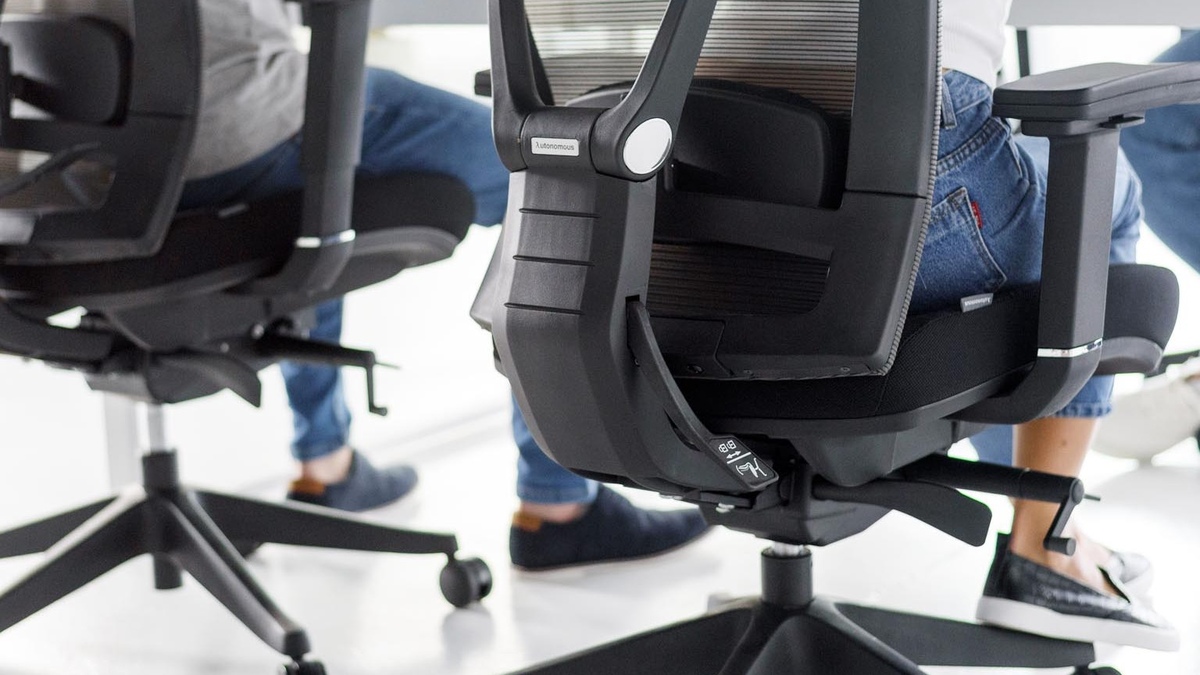
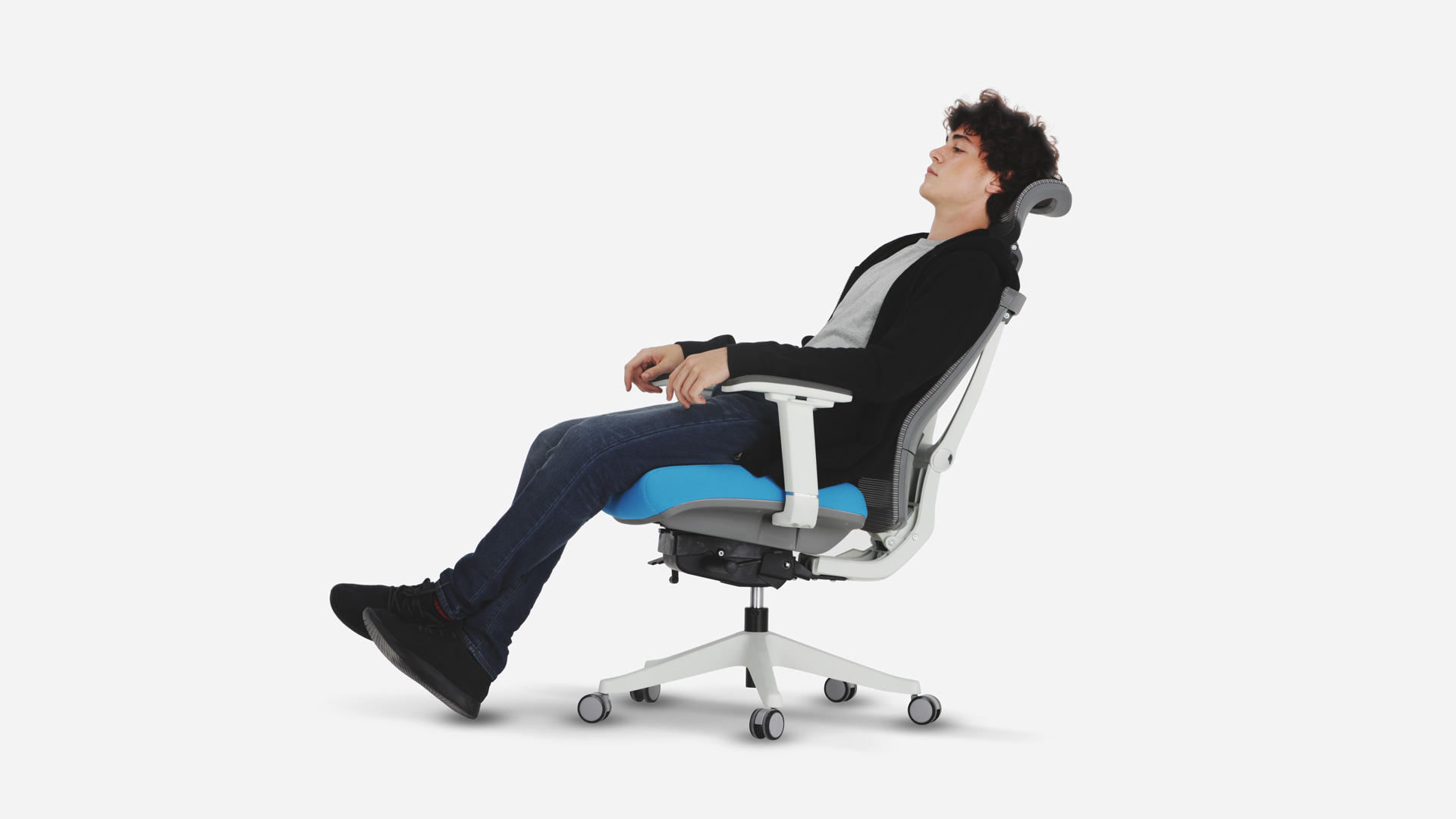

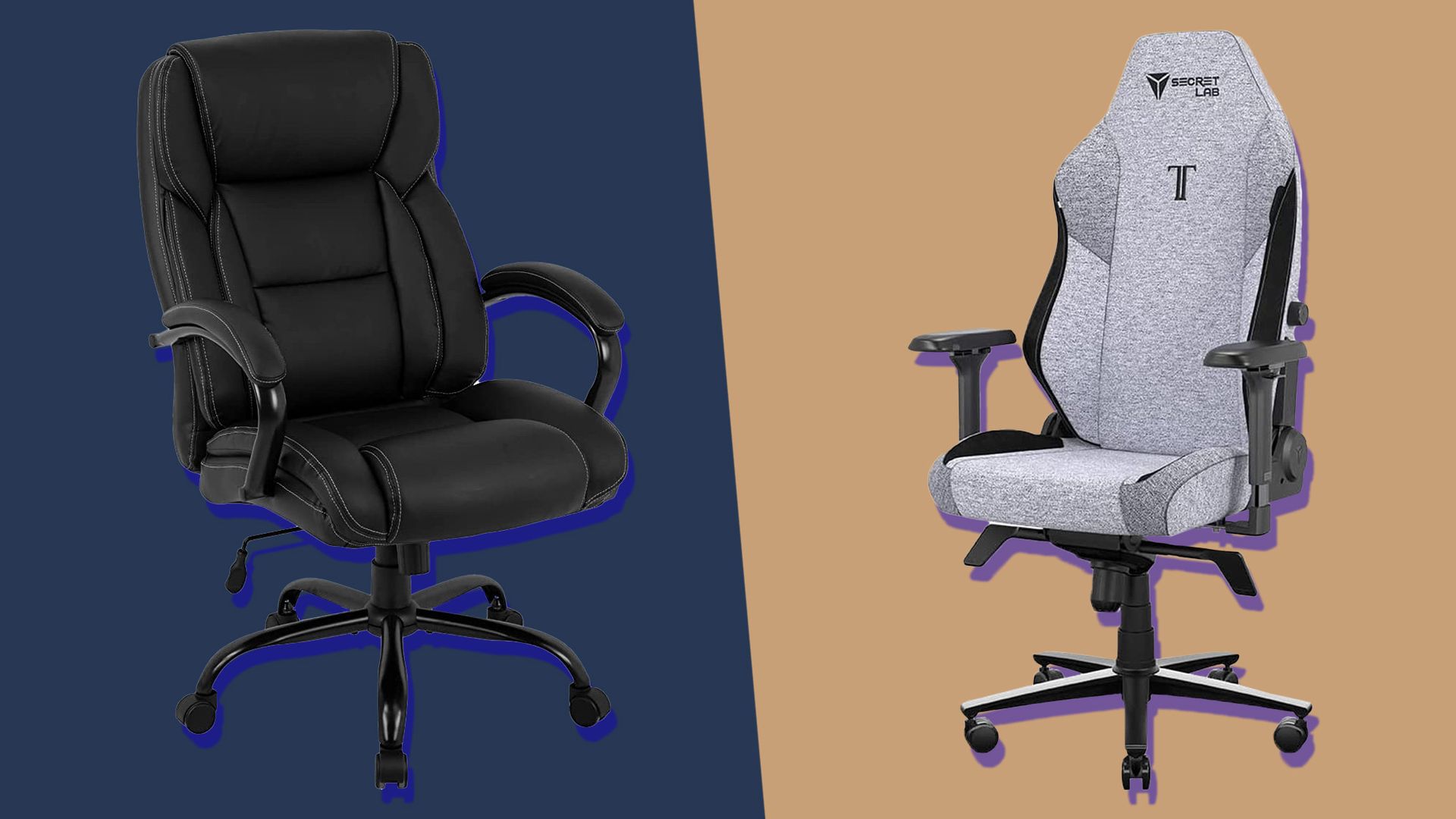
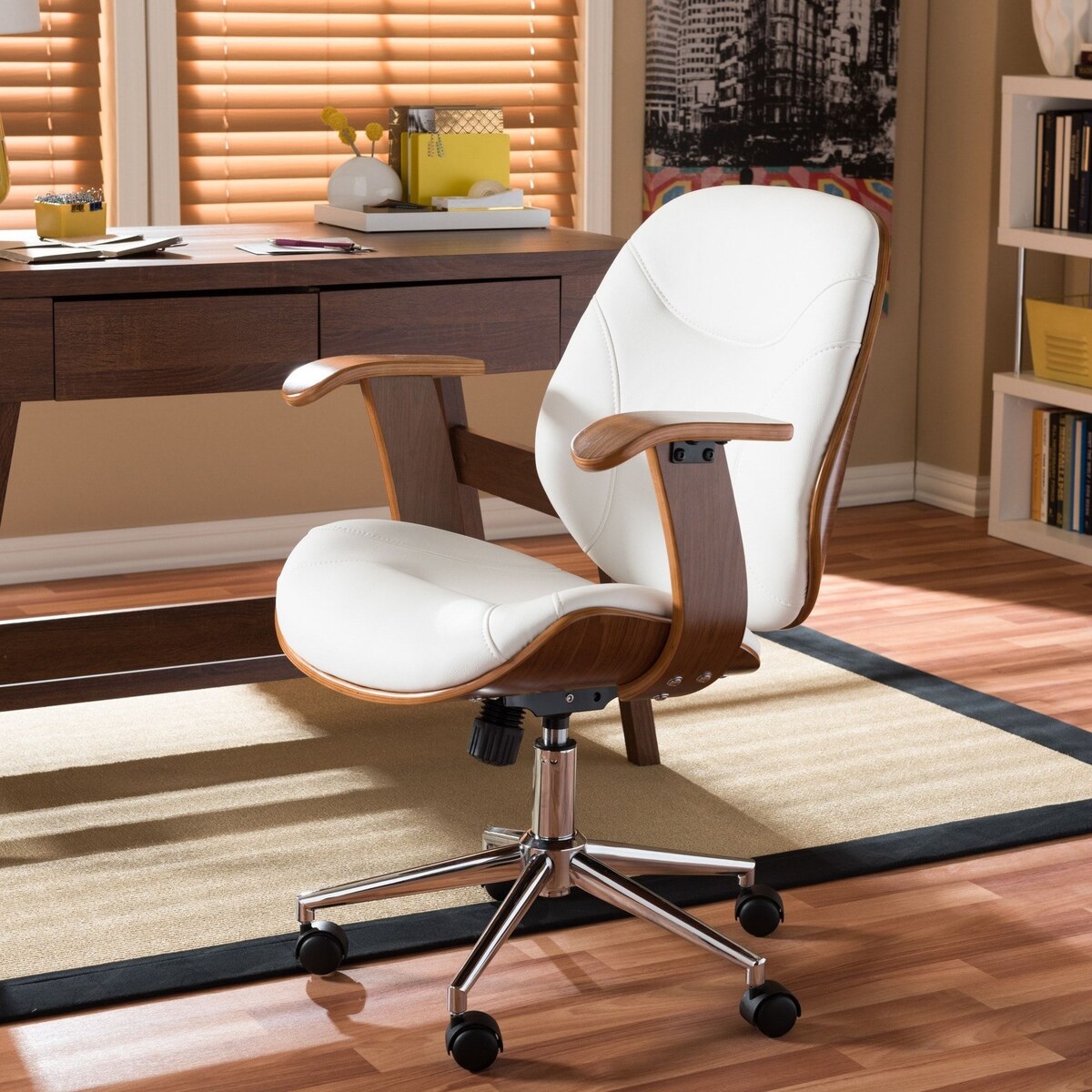
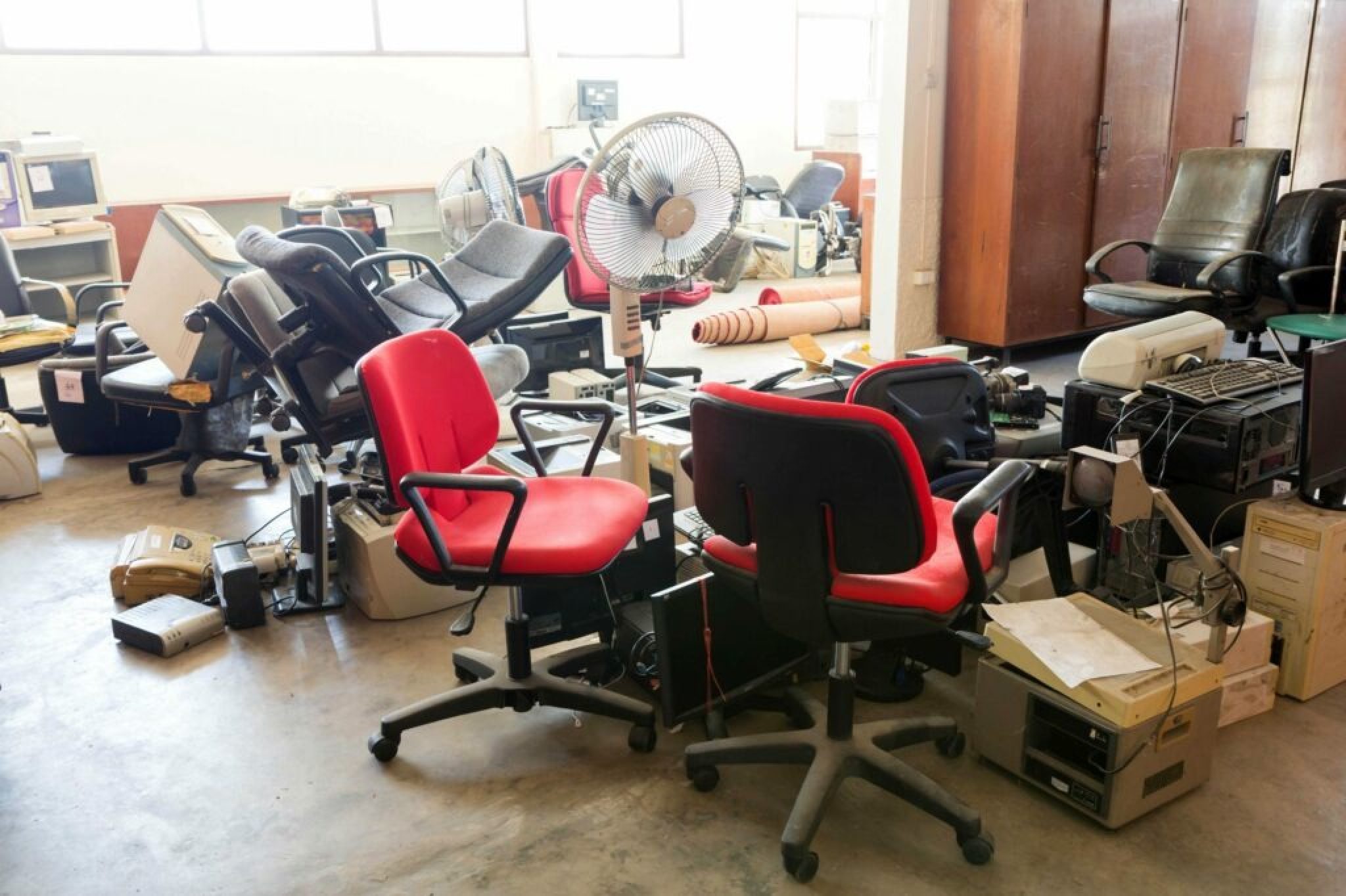
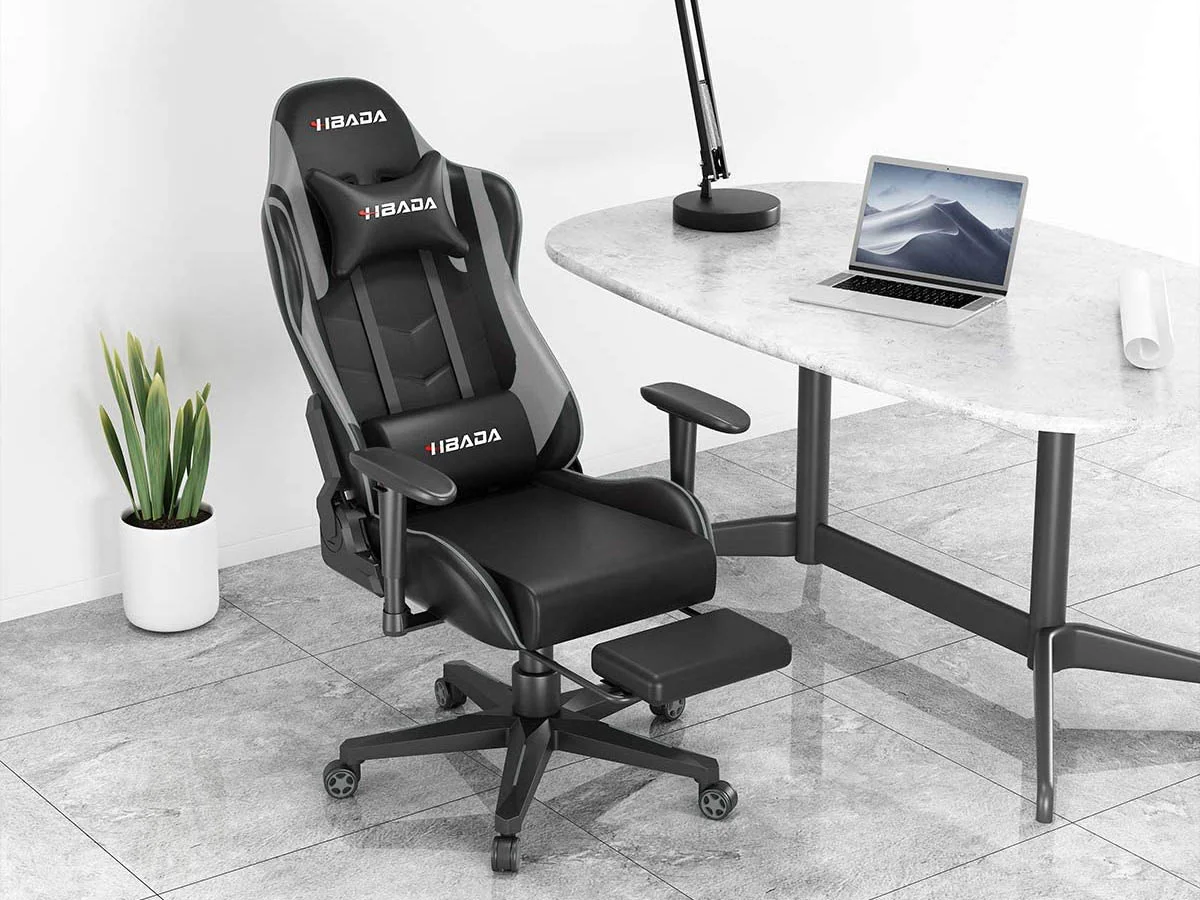
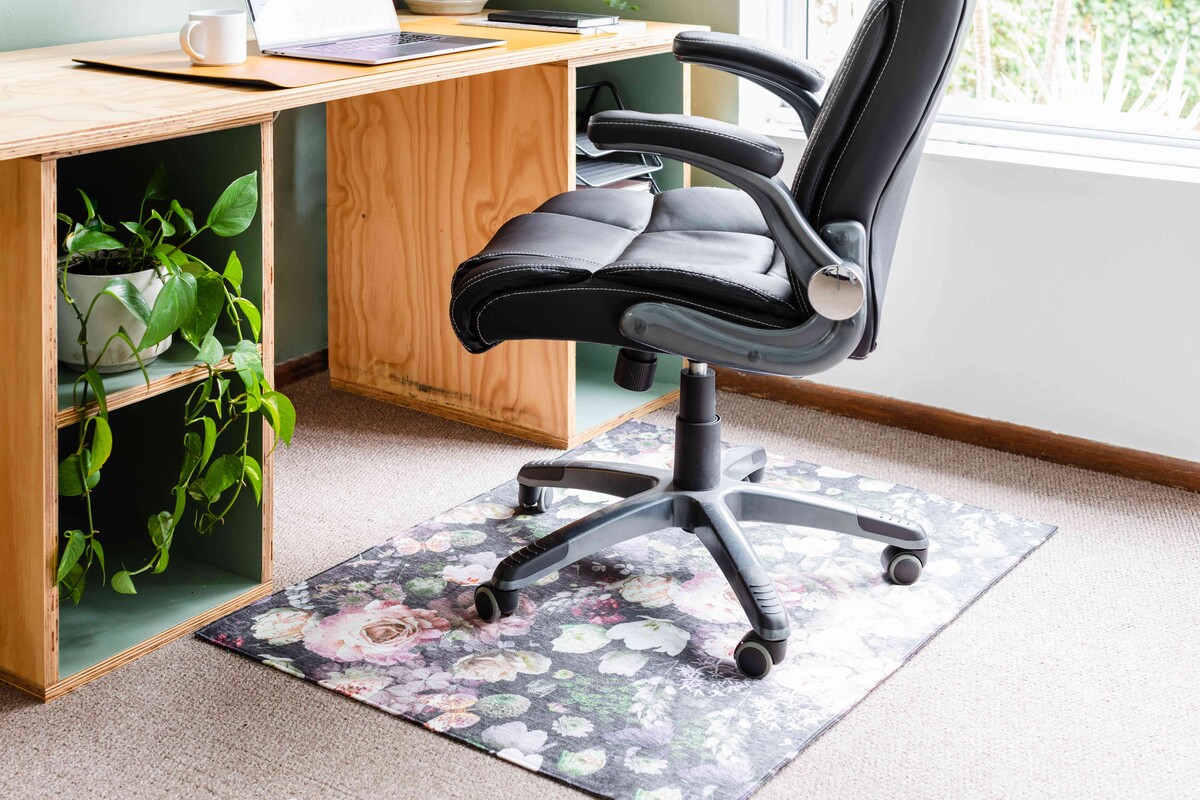
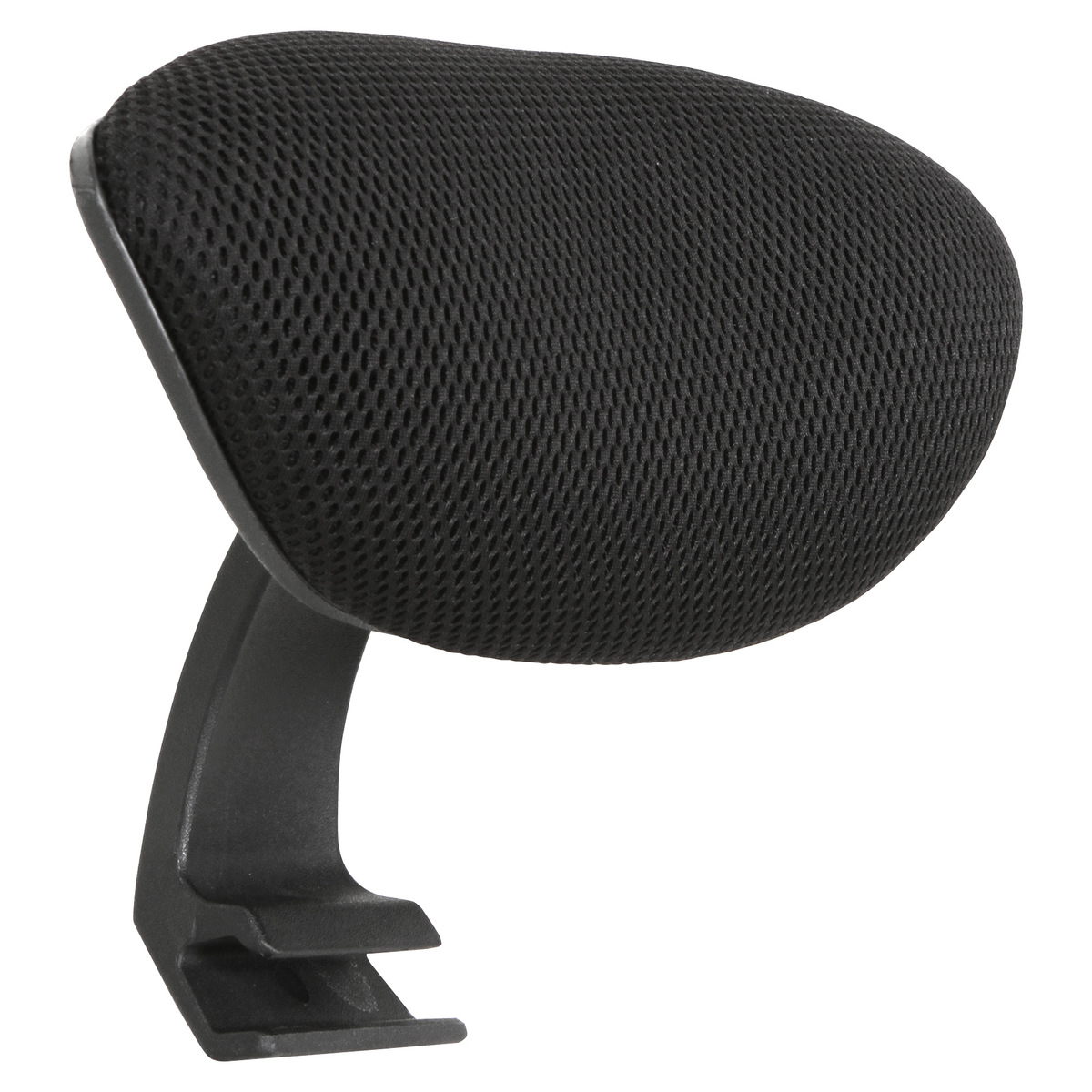

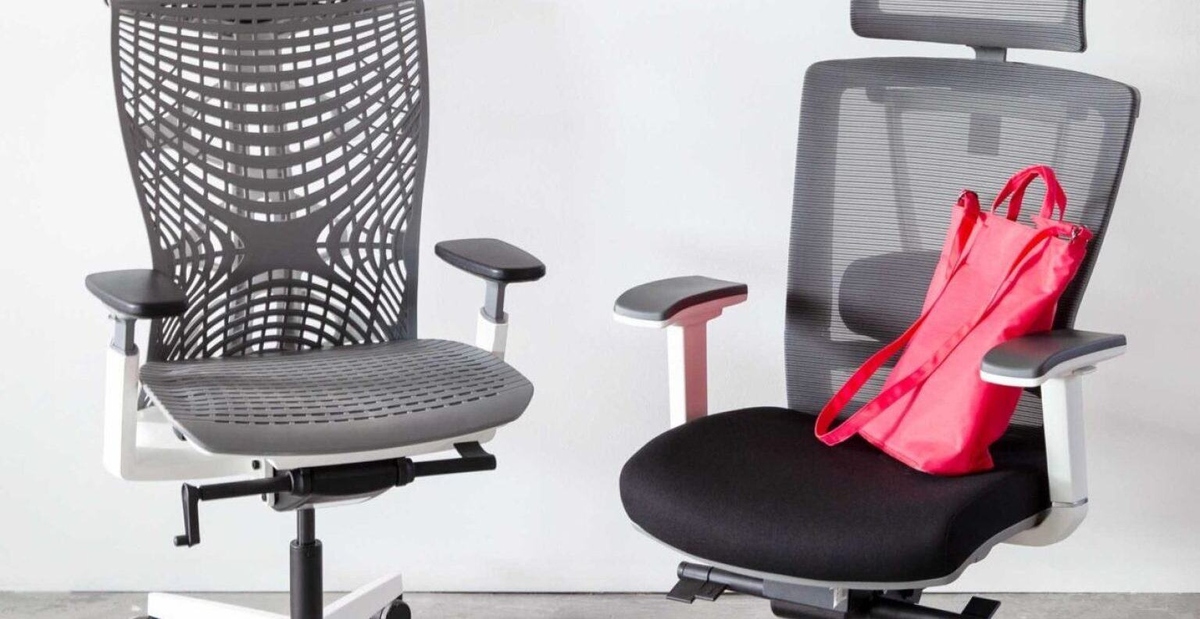
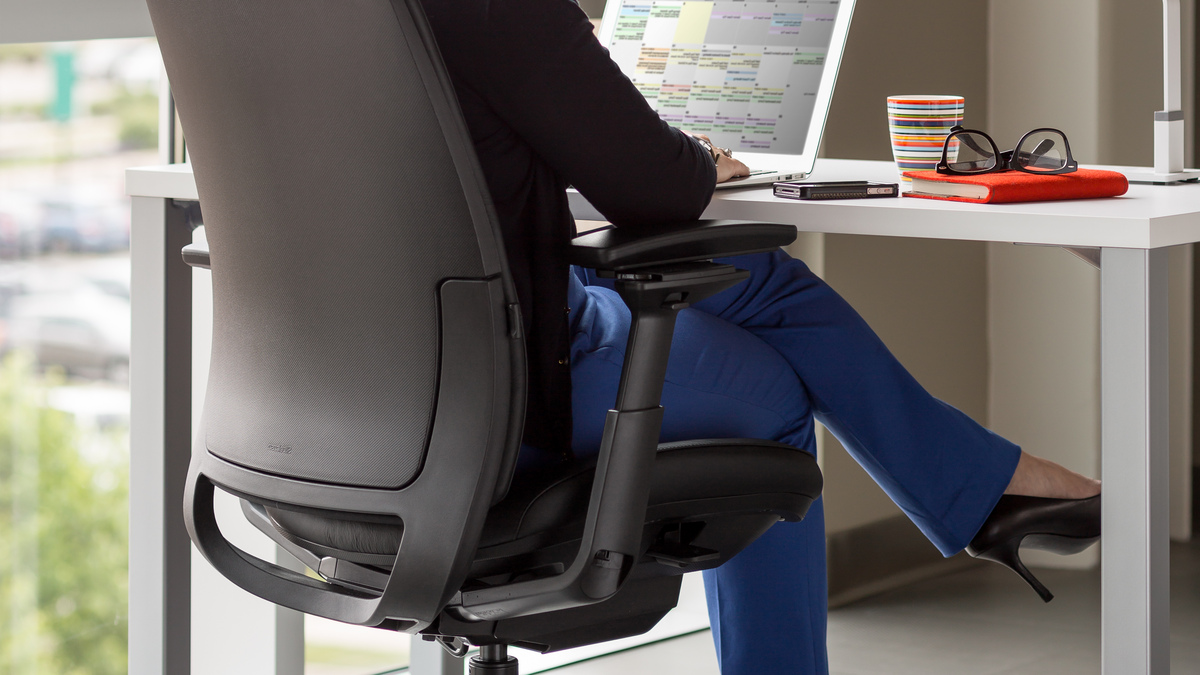
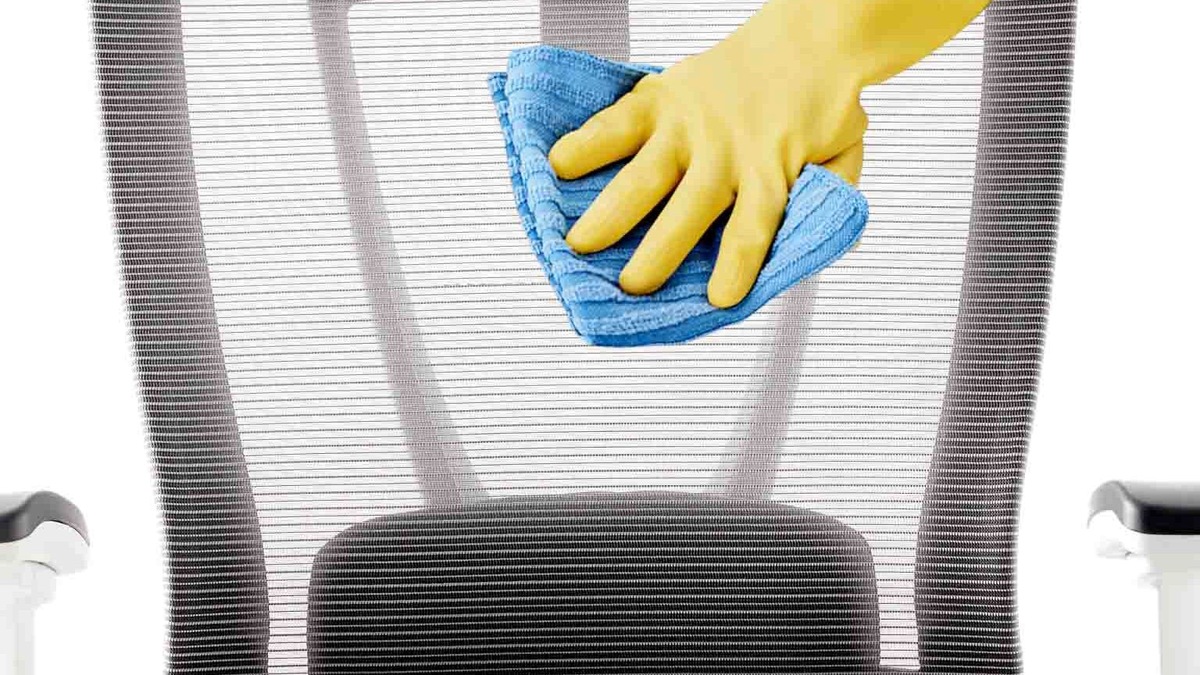

0 thoughts on “How To Put Wheels On An Office Chair”